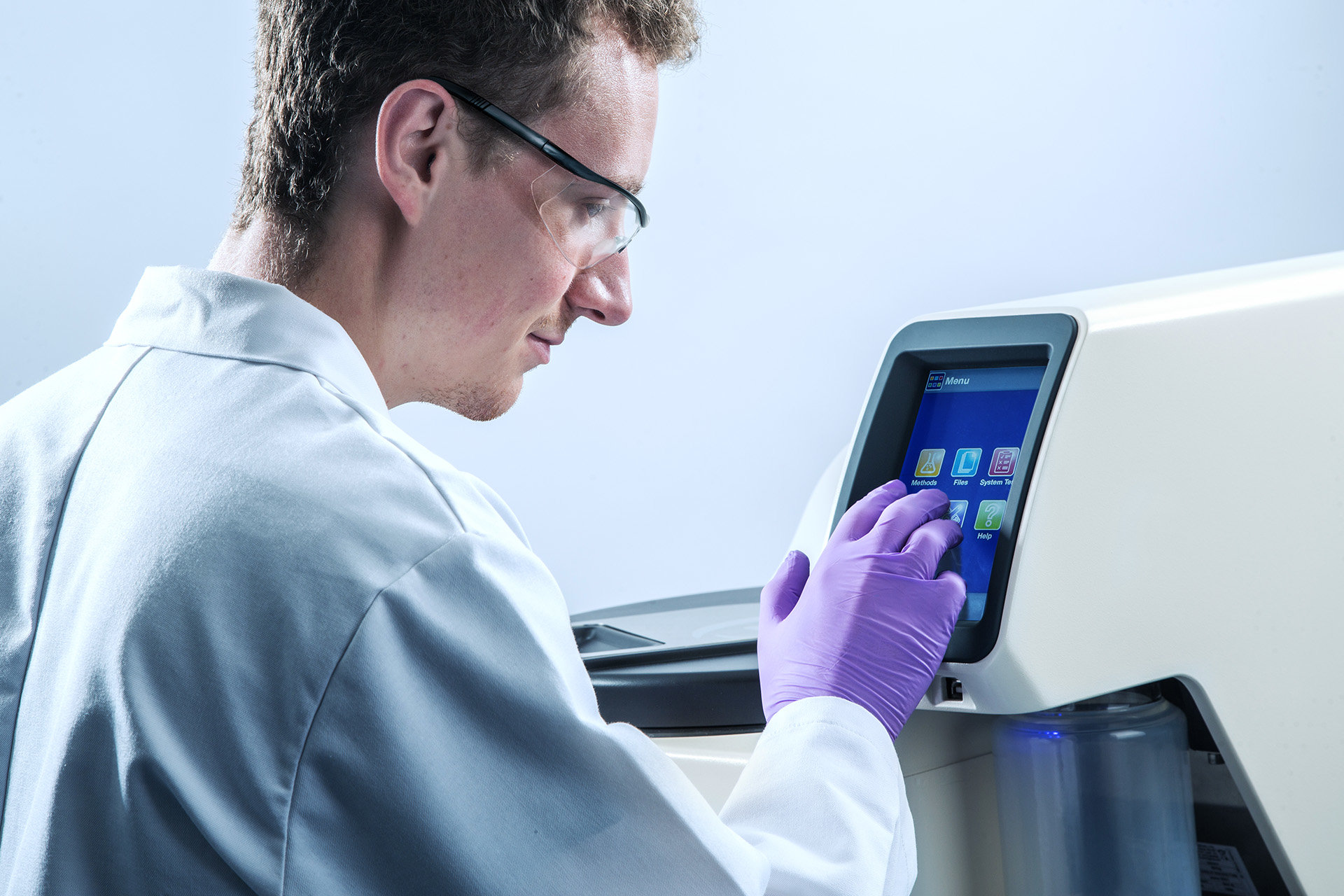Freeze-drying, or lyophilization, is the removal of ice or other frozen solvents from a material through the process of sublimation and the removal of bound water molecules through the process of desorption. Because controlled freeze-drying keeps the product temperature low enough during the process to avoid changes in the dried product appearance and characteristics, it is an excellent method for preserving a wide variety of heat-sensitive materials, such as proteins, microbes, pharmaceuticals, tissues, and plasma.
The “Basic Principles of Freeze-Drying,” then, examines the fundamental thermodynamic and kinetic principles governing the process of freeze-drying, including the stages of freezing, primary drying, and secondary drying. Attention is given to the relationship between temperature, pressure, and product morphology, as well as the impact of process parameters on cycle efficiency and sample integrity. The discussion provides a conceptual framework for optimizing freeze-drying operations in both research and production environments.








